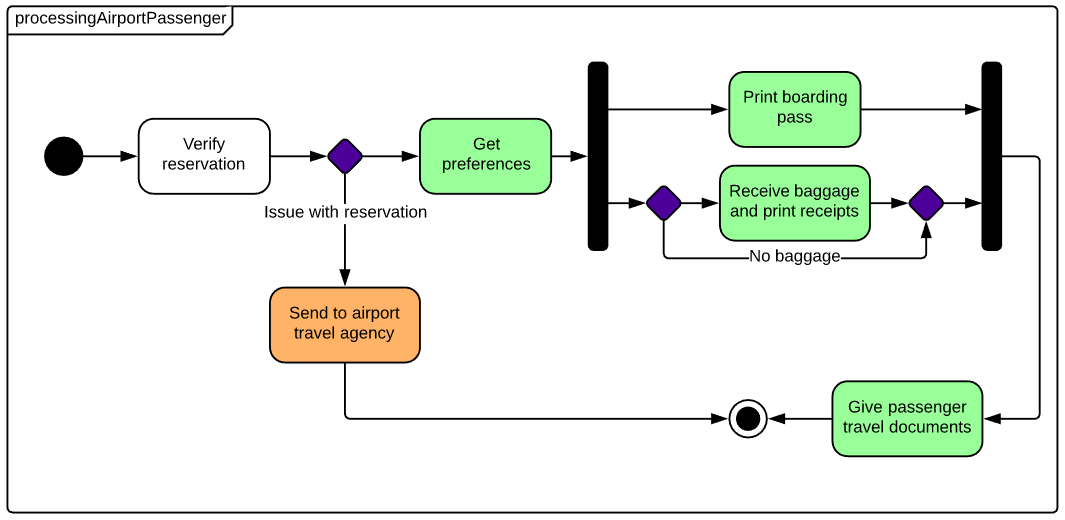

Canada and Switzerland have had to evolve this sense in order to hold together strongly divergent nationality groups. In some countries this sense of nationality has been inherited, as in Germany, while in the United States, Argentina, and Australia it had to be at least partly invented. It is usually based on a sense of common nationality binding the constituent polities and people together. The existence of those direct lines of communication is one of the features distinguishing federations from leagues or confederations. Get a Britannica Premium subscription and gain access to exclusive content. The people may and usually do elect representatives to all the governments, and all of them may and usually do administer programs that directly serve the individual citizen. Modern federal systems generally provide direct lines of communication between the citizenry and all the governments that serve them. One example of this system may be seen in Canada, which includes a population of French descent, centred in the province of Quebec. At the same time, the accommodation of very diverse groups whose differences are fundamental rather than transient by giving them territorial power bases of their own has enhanced the ability of federal systems to function as vehicles of political integration while preserving democratic government. Territorial neutrality has proved highly useful in societies that are changing, allowing for the representation of new interests in proportion to their strength simply by allowing their supporters to vote in relatively equal territorial units. This has two faces: the use of areal divisions to ensure neutrality and equality in the representation of the various groups and interests in the polity and the use of such divisions to secure local autonomy and representation for diverse groups within the same civil society. Areal division of powerĪ third element of any federal system is what has been called in the United States territorial democracy. Noncentralization is a way of ensuring in practice that the authority to participate in exercising political power cannot be taken away from the general or the state governments without common consent. Such a diffusion of power may be termed noncentralization. Second, the political system itself must reflect the constitution by actually diffusing power among a number of substantially self-sustaining centres. The constituent states, moreover, often retain constitution-making rights of their own. These constitutions are distinctive in being not simply compacts between rulers and ruled but involving the people, the general government, and the states constituting the federal union. SpaceNext50 Britannica presents SpaceNext50, From the race to the Moon to space stewardship, we explore a wide range of subjects that feed our curiosity about space!Ĭonstitution of the United States of Americaįirst, the federal relationship must be established or confirmed through a perpetual covenant of union, usually embodied in a written constitution that outlines the terms by which power is divided or shared the constitution can be altered only by extraordinary procedures.Learn about the major environmental problems facing our planet and what can be done about them! Saving Earth Britannica Presents Earth’s To-Do List for the 21st Century.

Britannica Beyond We’ve created a new place where questions are at the center of learning.100 Women Britannica celebrates the centennial of the Nineteenth Amendment, highlighting suffragists and history-making politicians.

#Several separate states join together how to#


 0 kommentar(er)
0 kommentar(er)
